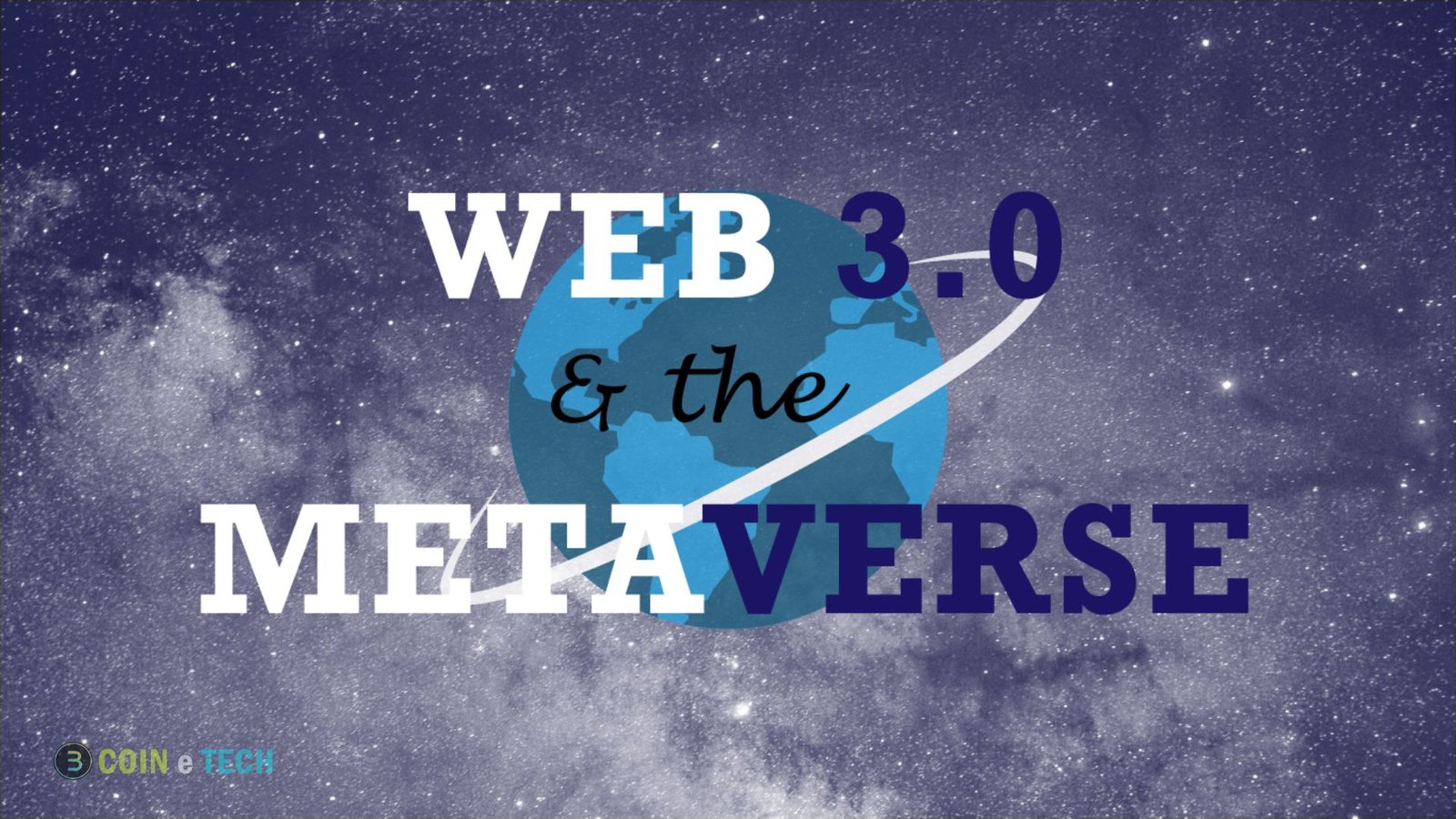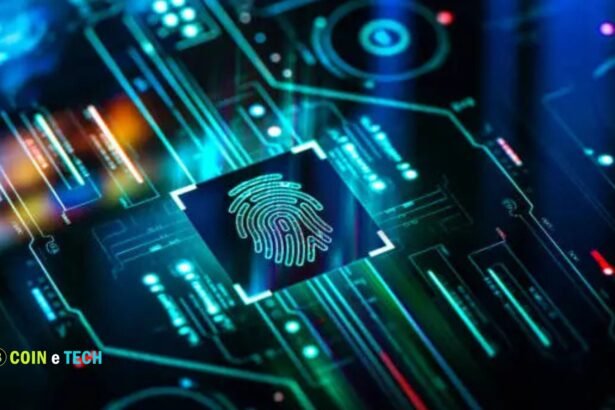Cryptocurrency and blockchain technology have evolved from niche ideas into mainstream discussions in the past decade. Their potential has drawn attention across various industries, influencing finance and how we approach data management, privacy, and decentralized systems. Meanwhile, the tech world has embraced artificial intelligence, the Internet of Things (IoT), 5G, and quantum computing, creating a fusion of innovations transforming the digital landscape.
Cryptocurrency and Blockchain: Core Technologies
The Rise of Bitcoin and Ethereum
At the heart of the crypto revolution lies Bitcoin, the first decentralized digital currency, launched in 2009 by an unknown entity known as Satoshi Nakamoto. Bitcoin’s key innovation was its blockchain—a distributed ledger that ensures transparency, security, and immutability without a central authority.
As Bitcoin gained traction, Ethereum, launched in 2015, introduced smart contracts, which expanded the possibilities of blockchain beyond currency. Smart contracts are self-executing contracts with the terms of the agreement directly written into code. This opened up a new world of decentralized applications (dApps), enabling industries from gaming to finance to build on the Ethereum blockchain.
DeFi and NFTs: Expanding the Ecosystem
Two major developments within the crypto space are Decentralized Finance (DeFi) and Non-Fungible Tokens (NFTs). DeFi platforms, built on blockchains like Ethereum, offer financial services without intermediaries like banks, allowing users to borrow, lend, and trade assets directly. The transparency and accessibility of DeFi have driven its rapid growth, democratizing financial systems.
NFTs, on the other hand, have revolutionized how digital assets are owned and traded. Representing unique digital items such as art, music, and in-game assets, NFTs have disrupted traditional markets by providing creators direct access to consumers, bypassing traditional gatekeepers like galleries or streaming services.
The Intersection of Crypto and Tech Innovation
The fusion of cryptocurrency and cutting-edge technologies has begun reshaping various sectors. Here are some of the most exciting developments at this intersection:
AI and Blockchain: Enhancing Automation
Artificial intelligence (AI) and blockchain are both powerful technologies individually, but together, they promise new levels of automation and trust. AI thrives on data, and blockchain ensures data is tamper-proof and transparent. Organizations can create more efficient and secure systems by integrating AI with blockchain.
AI-powered algorithms estimate demand and optimize routes in supply chain management, while blockchain verifies product legitimacy and traceability. Blockchain’s transparent and secure smart contracts can improve AI-driven trading platforms and boost trust in automated operations.
IoT and Blockchain: Securing the Connected World
The Internet of Things (IoT) involves billions of connected devices—from smart home appliances to industrial sensors—collecting and sharing data. As IoT continues to grow, so do concerns about security and privacy. Blockchain technology provides a potential solution to these challenges by creating a decentralized network where devices can communicate securely without relying on a central authority.
With blockchain, IoT devices can autonomously verify the authenticity of data being exchanged, ensuring the integrity of information in applications such as smart cities, healthcare, and manufacturing. The combination of IoT and blockchain has the potential to revolutionize industries by providing secure, automated systems that are scalable and resilient.
5G and Crypto: Enabling Decentralized Connectivity
The rollout of 5G technology is revolutionizing connectivity by offering high-speed, low-latency networks that can support billions of devices. This advancement is crucial for the success of decentralized applications, which often rely on high volumes of data transmission across distributed networks.
The speed and efficiency of 5G enable real-time transactions and smart contract processing for cryptocurrencies and blockchain networks. By minimizing centralized sources of failure, decentralized technologies like blockchain should improve 5G network security.
Quantum Computing: A Challenge and Opportunity for Crypto
Quantum computing represents a significant leap in computational power, promising to solve complex problems much faster than classical computers. While this is a breakthrough for many industries, it poses both a challenge and an opportunity for the crypto world. Quantum computers could, in theory, break the cryptographic algorithms that underpin Bitcoin and other cryptocurrencies, potentially threatening their security.
However, the tech community is already working on quantum-resistant cryptography to safeguard blockchains from future threats. Quantum computing also has the potential to enhance blockchain networks by solving optimization problems and processing large datasets more efficiently, driving innovations in fields such as cryptography and machine learning.
Emerging Trends in the Crypto-Tech Space
As we look to the future, several trends are emerging at the intersection of cryptocurrency and tech innovation:
Central Bank Digital Currencies (CBDCs)
Central banks worldwide are exploring the creation of digital versions of their currencies. These Central Bank Digital Currencies (CBDCs) are state-backed digital assets that aim to combine the efficiency and security of blockchain with the stability of traditional fiat money. China’s digital yuan and the European Central Bank’s exploration of a digital euro are examples of developing CBDCs.
CBDCs could provide greater financial inclusion, faster transactions, and enhanced security, but they also raise questions about privacy, surveillance, and centralization. As more countries explore CBDCs, they must balance innovation and control.
Metaverse and Web3
The metaverse—a virtual world where people interact in immersive digital environments—has gained significant traction in recent years, fueled by advancements in augmented reality (AR) and virtual reality (VR) technology. Blockchain plays a critical role in the metaverse by enabling digital ownership of assets through NFTs and creating decentralized governance structures.
Web3, the decentralized version of the internet, is closely aligned with the metaverse. By leveraging blockchain technology, Web3 envisions an internet where users have control over their data and online identities, breaking free from the centralized control of big tech companies.
Decentralized Autonomous Organizations (DAOs)
DAOs run on blockchain-based smart contracts and are governed by their members without central leadership. Decisions are made through voting mechanisms where stakeholders (usually token holders) propose and vote on initiatives.
DAOs have gained popularity in finance, art, and governance, where decentralized decision-making offers a more democratic alternative to traditional corporate structures. As DAOs evolve, they could transform industries by empowering communities and creating more transparent, accountable systems.
Challenges and Future Outlook
While the future of cryptocurrency and technology is full of potential, several challenges remain. Regulatory uncertainty is one of the biggest hurdles facing the crypto industry. Governments worldwide are grappling with how to regulate cryptocurrencies, balancing the need for innovation with concerns about fraud, money laundering, and market volatility.
Moreover, scalability remains a challenge for blockchain networks. While innovations like Ethereum 2.0 and Layer 2 solutions address some of these issues, the demand for faster, more energy-efficient blockchain systems continues growing.
Despite these challenges, the convergence of cryptocurrency and tech innovation is set to transform industries across the globe. As blockchain, AI, IoT, 5G, and quantum computing evolve, we will likely see new use cases and applications that we can scarcely imagine today. The future is bright, and the crypto-tech revolution is just getting started.








